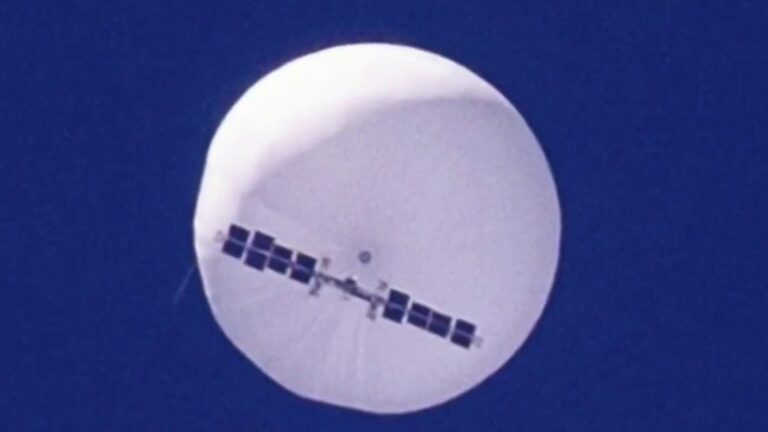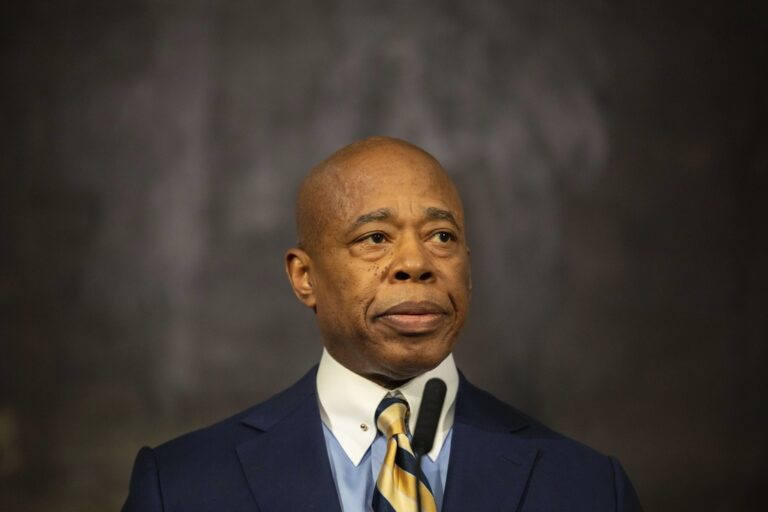A classified U.S. military report has confirmed that the Chinese balloon, which caused national panic as it drifted across the United States two years ago, was indeed conducting surveillance on Americans. Surprisingly, the high-altitude craft relied on technology from multiple American companies to carry out its mission, according to sources familiar with the findings.
The balloon, measuring approximately 200 feet tall, traversed U.S. airspace for several days in early 2023. It entered the country via Alaska, floated through Canada, and then reappeared over the Midwest before being shot down off the coast of South Carolina on February 4. At the time, U.S. officials suspected it was a surveillance device operated by China, but the newly revealed details go far beyond what was publicly known.
According to intelligence sources, the aircraft was equipped with advanced surveillance tools capable of gathering detailed information on individuals and locations beneath its path. The recovered components included high-resolution imaging systems, data collection instruments, and a satellite communication module that enabled real-time transmission of intelligence. Even more startling, the balloon was allegedly capable of launching autonomous gliders that could carry out separate reconnaissance missions.
One of the most troubling aspects of the report is that several of the balloon’s critical components were manufactured by at least five American technology firms. Among the recovered hardware were satellite communication modules made by Virginia-based Iridium Communications, which provides global satellite services and operates just miles from CIA headquarters. Additional equipment was sourced from major U.S. firms, including Texas Instruments, Omega Engineering, Amphenol All Sensors Corporation, and onsemi, as well as at least one Swiss company.
The presence of U.S.-made technology in a Chinese espionage device raises significant national security concerns. Experts believe the Chinese government likely obtained these components through third-party suppliers or international distributors, making it difficult to track how and where the technology was ultimately used. An Iridium spokesperson stated that their satellite modules, some of which are available for as little as $150 online, are commonly used in applications ranging from wildlife tracking to scientific research, making it virtually impossible to monitor their final destination.
Despite mounting evidence of its espionage activities, Chinese officials have remained firm in their original explanation. The Chinese Embassy in Washington, D.C., reiterated this week that the balloon was merely a civilian airship designed for meteorological research and that its incursion into U.S. airspace was an accident caused by strong winds. The embassy spokesperson insisted that the craft’s self-steering capabilities were limited and that it had simply drifted off course.
The balloon’s flight over the United States ignited a political firestorm, with many criticizing the Biden administration for its delayed response in neutralizing the threat. The discovery of American technology onboard adds a new layer of complexity to the controversy, exposing vulnerabilities in supply chain oversight and raising questions about how foreign adversaries acquire U.S. hardware for military or intelligence purposes.
At the time of the incident, U.S. officials also suggested that the balloon may have been equipped with explosives designed to allow the Chinese military to destroy it remotely if necessary. That claim, along with the newly revealed capabilities of the craft, paints a far more sophisticated picture of Beijing’s aerial surveillance efforts than previously acknowledged.
As tensions between the United States and China continue to escalate, the findings from this classified military report are expected to fuel renewed discussions about counterintelligence measures, technology export controls, and the broader challenge of preventing U.S. innovation from being exploited by foreign adversaries. The Chinese balloon incident, once dismissed by some as a minor diplomatic dispute, now appears to be a far more serious breach of national security—one that has left both lawmakers and intelligence officials scrambling to close the loopholes that allowed it to happen.
(YWN World Headquarters – NYC)











